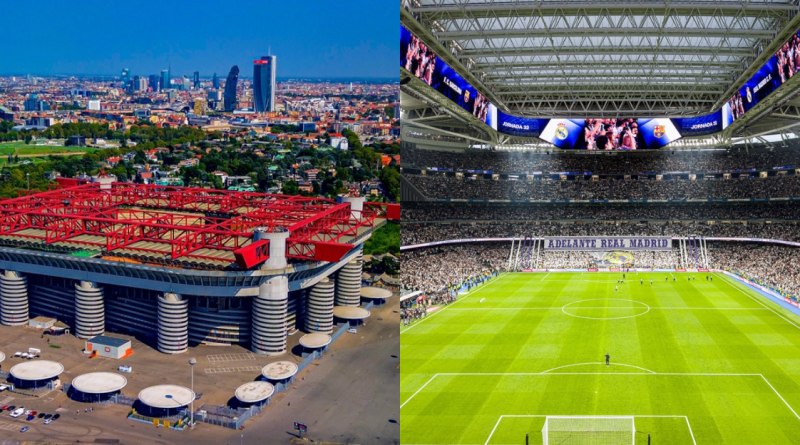Europe’s 10 Biggest Soccer Stadiums, Ranked
Europe is home to some of the world’s most iconic football stadiums, massive arenas where history is made, and legends are born. These venues are not just places to watch a match; they are architectural marvels, cultural landmarks, and symbols of national pride. From the towering terraces of Camp Nou to the historic grounds of Old Trafford, this list explores the ten largest stadiums across the continent, ranked by capacity and enriched by decades of unforgettable moments.
1. Camp Nou – Europe’s Largest Stadium Under Transformation
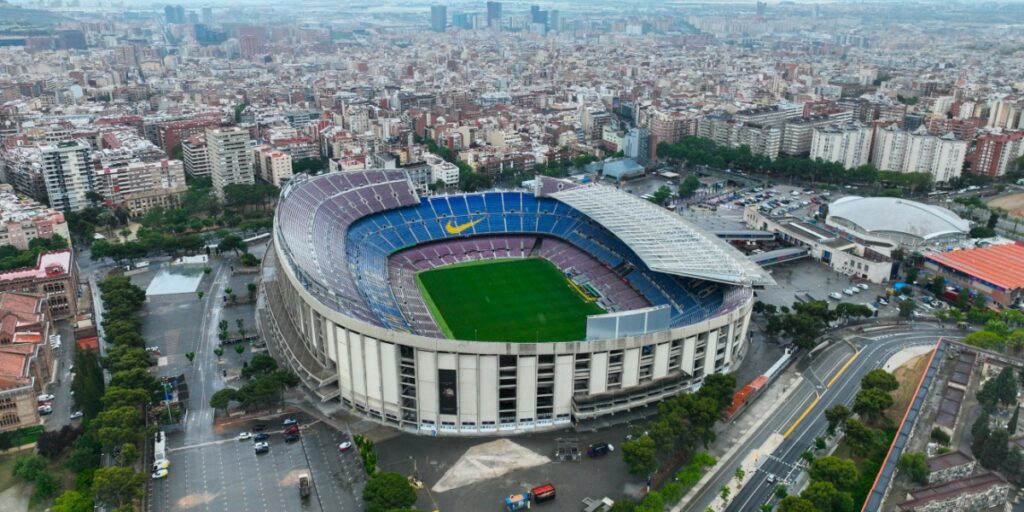
Camp Nou, the iconic home of FC Barcelona, holds the title of Europe’s largest football stadium, with a seating capacity of around 99,354. Nestled in the heart of Barcelona, the stadium is currently undergoing a massive facelift as part of the “Espai Barça” redevelopment project. Once completed, it will accommodate over 105,000 fans, making it even more impressive. The renovations aim to modernize the entire venue with cutting-edge facilities while preserving its legendary status in world football.
2. Wembley Stadium – England’s National Pride

With 90,000 seats, Wembley is the largest stadium in the UK and the second-biggest in Europe. Though not home to a club team, it’s the beating heart of English football and hosts major international games, domestic finals, and concerts. The current structure opened in 2007, replacing the historic 1923 "Empire Stadium." Its defining feature is the soaring white arch that spans 315 meters, an architectural marvel visible across London.
3. Santiago Bernabéu – A Modern Marvel in Madrid
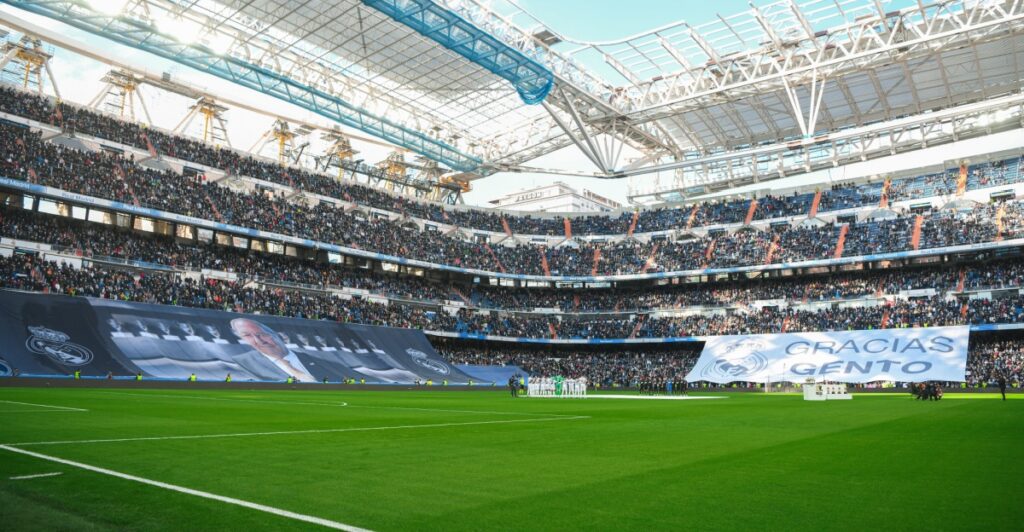
Real Madrid’s legendary Santiago Bernabéu Stadium first opened in 1947 and has seen countless historic matches, including World Cup and Champions League finals. A massive renovation completed in 2023 gave the stadium a futuristic upgrade, with a retractable roof, cutting-edge video screens, and a unique underground system to store and swap out the pitch. Capacity now stands at 85,000, and the updated exterior gives the Bernabéu a bold new look.
Read also: The 11 Greatest Russian MMA Fighters of All Time - Ranked
4. Croke Park – Ireland’s Sporting Temple

Croke Park in Dublin can seat around 82,300 fans, making it Ireland’s largest stadium and the third-largest in Europe. While it’s best known as the home of Gaelic games under the GAA, it has also hosted international rugby and football. Its storied history, cultural importance, and frequent role as a major concert venue make Croke Park one of Europe’s most versatile sporting arenas.
5. Signal Iduna Park – The Yellow Wall of Dortmund
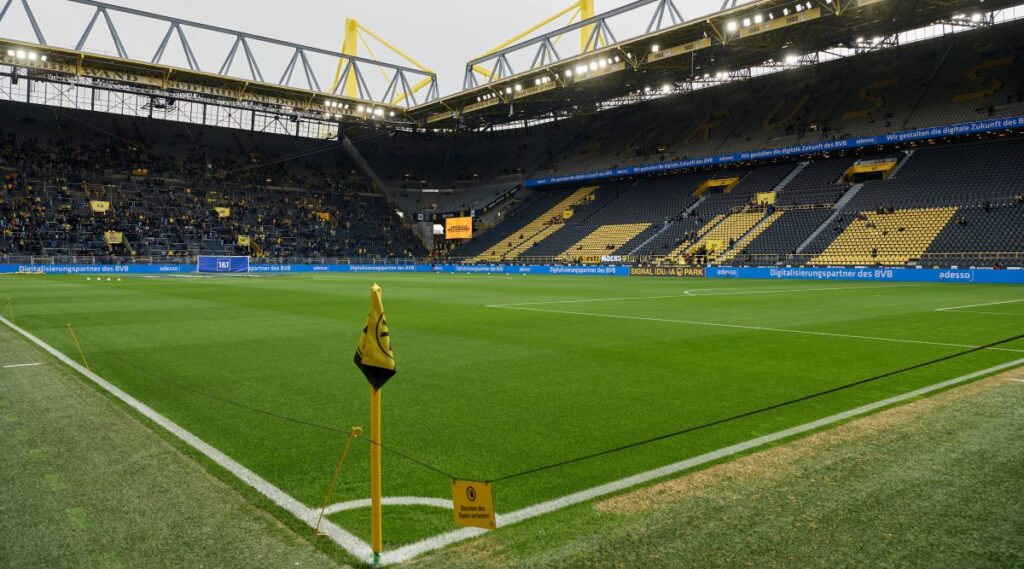
Signal Iduna Park, formerly Westfalenstadion, is home to Borussia Dortmund and one of the most atmospheric stadiums in the world. Opened in 1974 and expanded for the 2006 World Cup, it now seats 81,365 for domestic games. The famous "Yellow Wall"—Europe’s largest terrace stand—is a sight to behold, with passionate fans creating an unforgettable matchday experience. For international games, the capacity reduces slightly to 65,829.
6. Stade de France – Paris’ Grand Arena
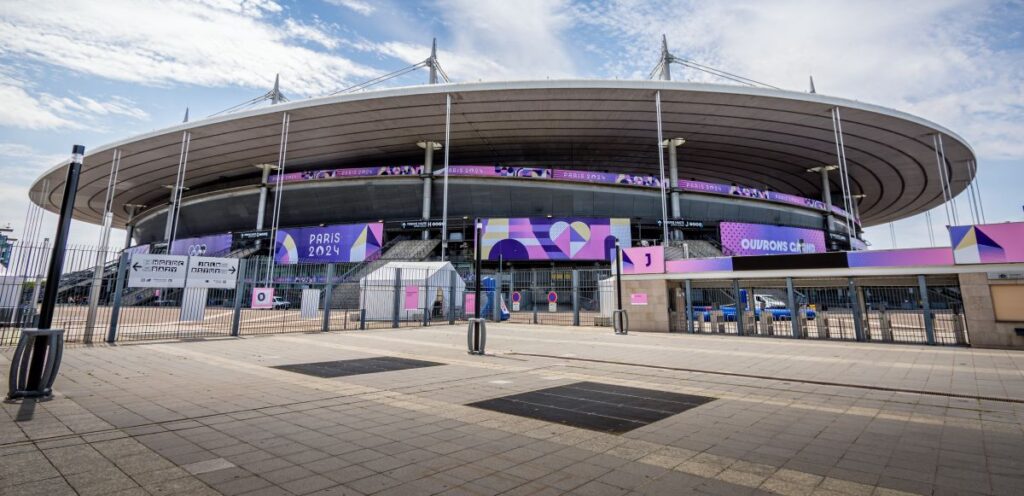
Built for the 1998 FIFA World Cup, the Stade de France is the largest stadium in France, seating 81,338. Located in Saint-Denis, just outside Paris, it's the home ground for France’s national football and rugby teams. The venue continues to host major international events and is a key site for the 2024 Paris Olympic Games. Its flexible design allows it to transform for concerts, athletics, and cultural spectacles.
7. Luzhniki Stadium – Russia’s Sporting Jewel
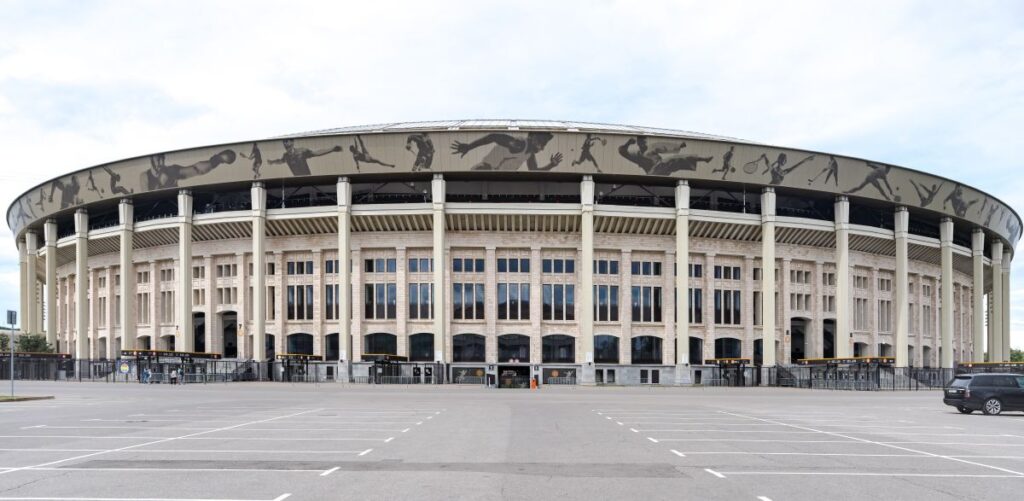
Moscow’s Luzhniki Stadium is a historic sports venue with a capacity of around 81,000. It has hosted the 1980 Summer Olympics, the 2018 World Cup final, and numerous UEFA matches. A full renovation between 2013 and 2017 modernized the stadium while preserving its classic façade. Today, Luzhniki stands as a symbol of Russian football and one of Europe’s great sporting landmarks.
Read also: The Premier League’s Top Earners 2024/25?
8. San Siro – A Shared Icon in Milan
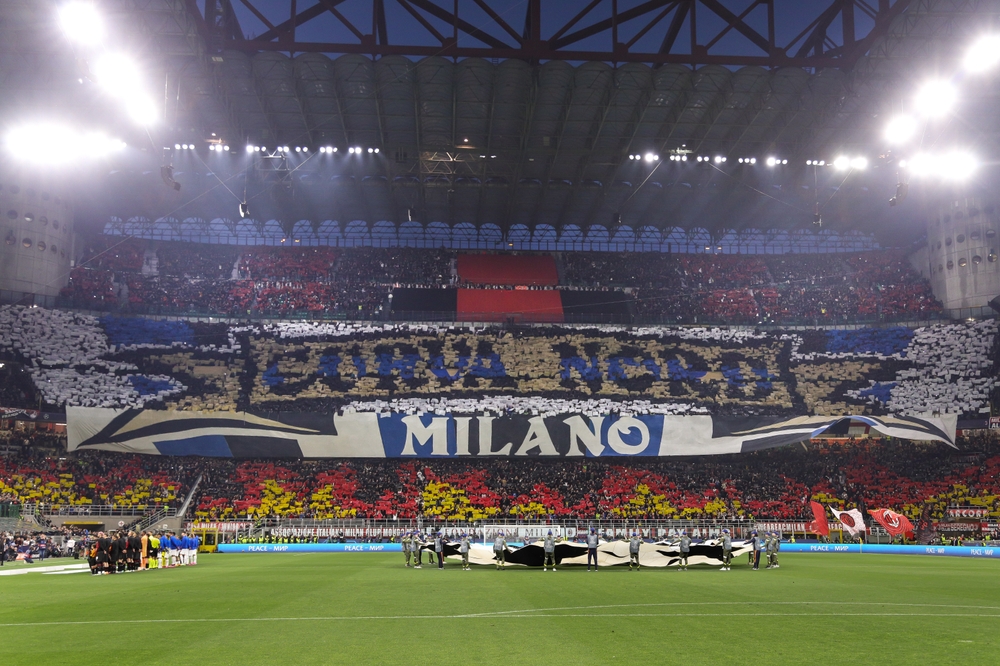
Milan’s San Siro, also known as Stadio Giuseppe Meazza, is the shared home of AC Milan and Inter Milan. With a capacity of 80,000, it’s one of Italy’s most storied football grounds. Opened in 1926, the stadium is referred to as “San Siro” for AC Milan games and “Giuseppe Meazza” for Inter matches, honoring a player who represented both clubs. Its towering structure and electric atmosphere make it a favorite among fans.
9. Atatürk Olympic Stadium – Turkey’s Grand Stage
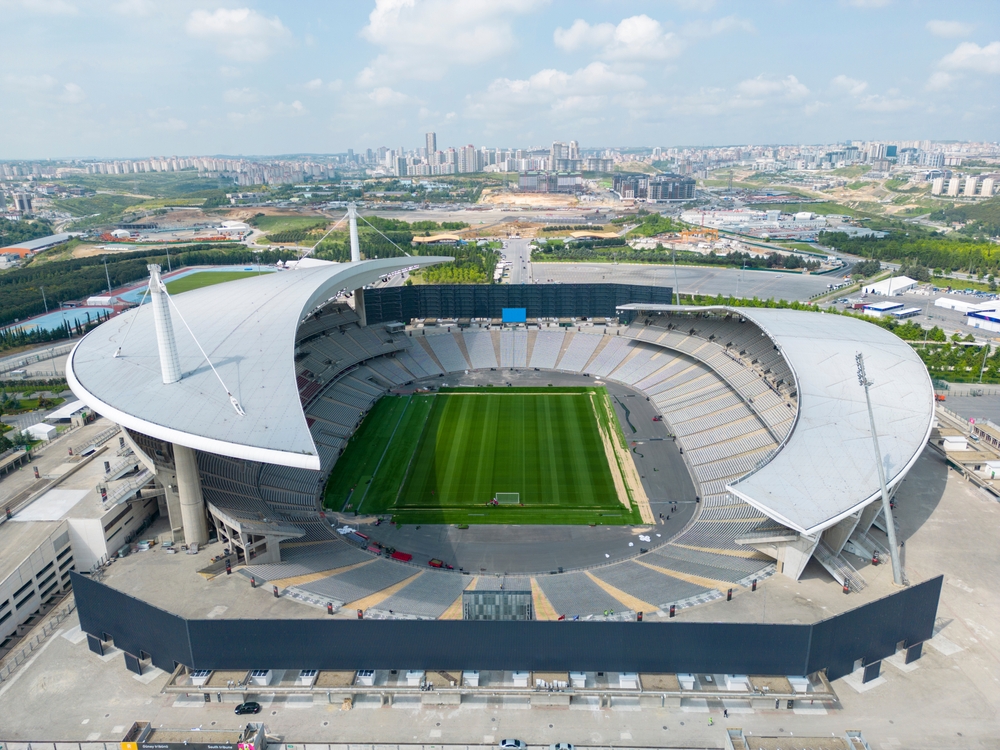
Istanbul’s Atatürk Olympic Stadium is Turkey’s largest, with room for about 76,092 fans. Opened in 2002, it was built to host major international competitions, including the iconic 2005 UEFA Champions League final. It did so again in 2023. The stadium’s modern design and scale make it a central venue for Turkish sports and global events, from football matches to large-scale concerts.
10. Old Trafford – The Theatre of Dreams
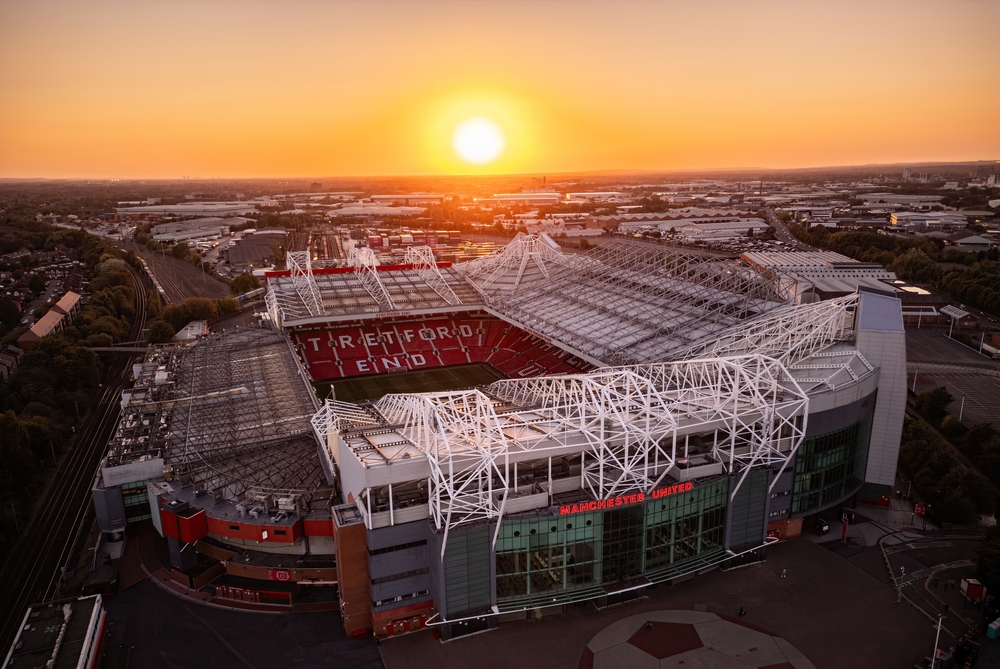
Old Trafford, home to Manchester United, has welcomed football fans since 1910. Known as the “Theatre of Dreams,” it holds about 75,840 spectators. The stadium has seen decades of legendary moments and remains one of the most famous venues in the sport. While it has undergone minor renovations over the years, growing concerns about infrastructure suggest a major overhaul may be on the horizon.
Read also: Ranking 11 English clubs that have retired a jersey number
Read also: The World's Top Sports Ranked by Global Media Coverage

